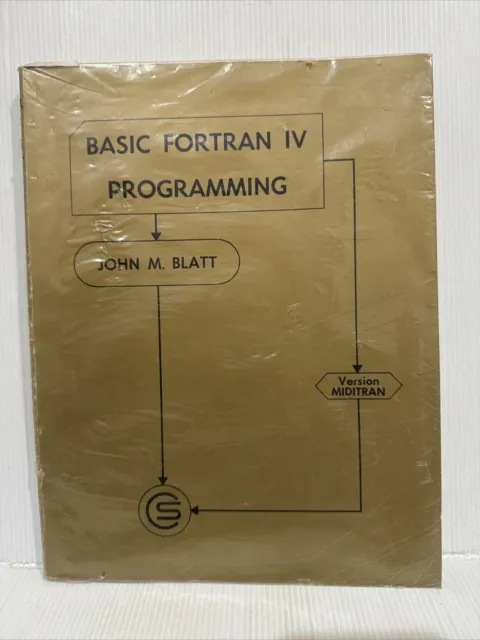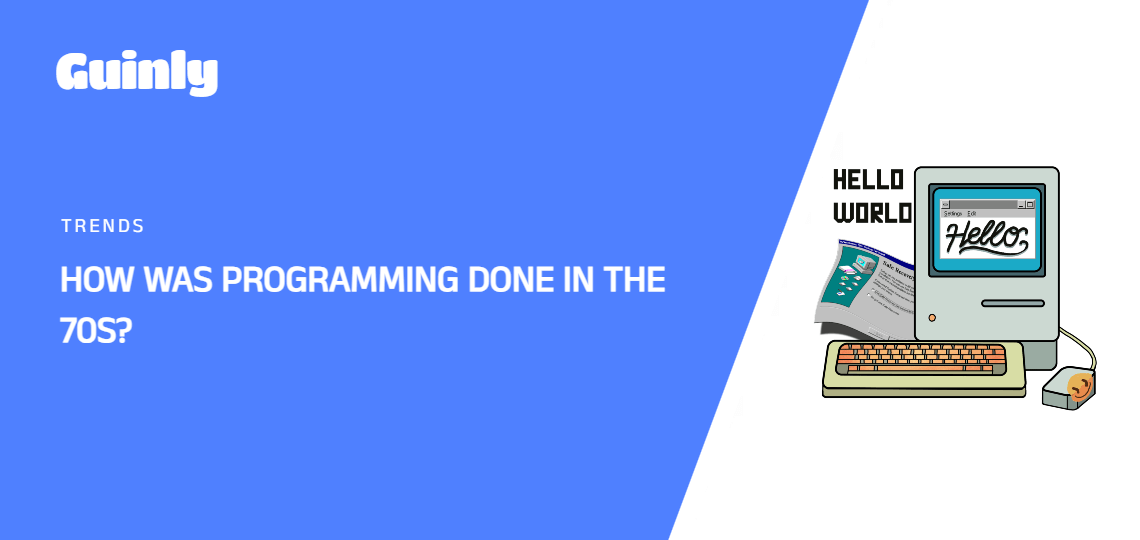For modern programmers accustomed to sleek integrated development environments and high-level programming languages, the techniques and tools used in the 1970s may seem like relics from a bygone era. However, understanding the foundations of programming from this pivotal decade provides valuable insights into the evolution of the field. In this educational blog post, we’ll explore how programming was done in the 70s, shedding light on the technologies, languages, and methodologies that shaped the early days of computer programming.
Mainframe Computers: The Workhorses of the 70s
In the 1970s, mainframe computers dominated the computing landscape. These large, powerful machines were the backbone of many organizations, handling complex computations and data processing tasks. Programmers working with mainframes typically used punch cards or paper tape to input their code into the computer. These early forms of input were labor-intensive and prone to errors, requiring meticulous attention to detail from programmers.
Assembly Language: The Language of the Machine
Programming in the 70s often involved writing code in assembly language, a low-level programming language closely tied to the architecture of the computer’s hardware. Assembly language provided direct access to the computer’s memory and processor registers, allowing programmers to write highly efficient code tailored to the specific capabilities of the hardware. However, programming in assembly language was complex and time-consuming, requiring a deep understanding of the computer’s architecture and instruction set.
Fortran, COBOL, and BASIC: High-Level Languages Gain Traction
While assembly language was widely used for system programming and low-level tasks, high-level programming languages began to gain traction in the 1970s. Languages like Fortran, COBOL, and BASIC offered a more abstract and human-readable way to write code, making programming more accessible to a wider audience. Fortran was commonly used for scientific and engineering applications, while COBOL found widespread use in business and financial systems. BASIC, with its simple syntax and interactive programming environment, became popular for educational and hobbyist purposes.
Text-Based Interfaces: Command Lines and Teletypes
In the 1970s, graphical user interfaces were still in their infancy, and most interaction with computers was done through text-based interfaces. Programmers typically worked with command-line interfaces, entering commands and viewing output in a terminal window. Teletypes, electromechanical devices that allowed for remote communication with a computer via a keyboard and printer, were commonly used for input and output. Programmers would often receive printouts of their code and output, reviewing and debugging their programs by hand.

Limited Resources: Memory and Storage Constraints
One of the defining characteristics of programming in the 70s was the scarcity of resources. Mainframe computers of the era had limited memory and storage capacity compared to modern systems. Programmers had to write efficient code that minimized memory usage and optimized performance. Techniques like manual memory management and hand-optimization were common practices in order to squeeze the most out of the available hardware.
Conclusion: Reflecting on the Foundations of Programming
Programming in the 1970s was a vastly different experience compared to the modern practices of today. Mainframe computers, assembly language, and text-based interfaces were the norm, and programmers faced unique challenges due to limited resources and technology constraints. However, the innovations and methodologies developed during this period laid the groundwork for the advancements that would follow, shaping the trajectory of computer programming for decades to come.
As we reflect on the programming practices of the 70s, we gain a deeper appreciation for the pioneers who paved the way for the digital age we live in today. By understanding the roots of our craft, we can better appreciate how far we’ve come and the ongoing evolution of programming as a discipline.







